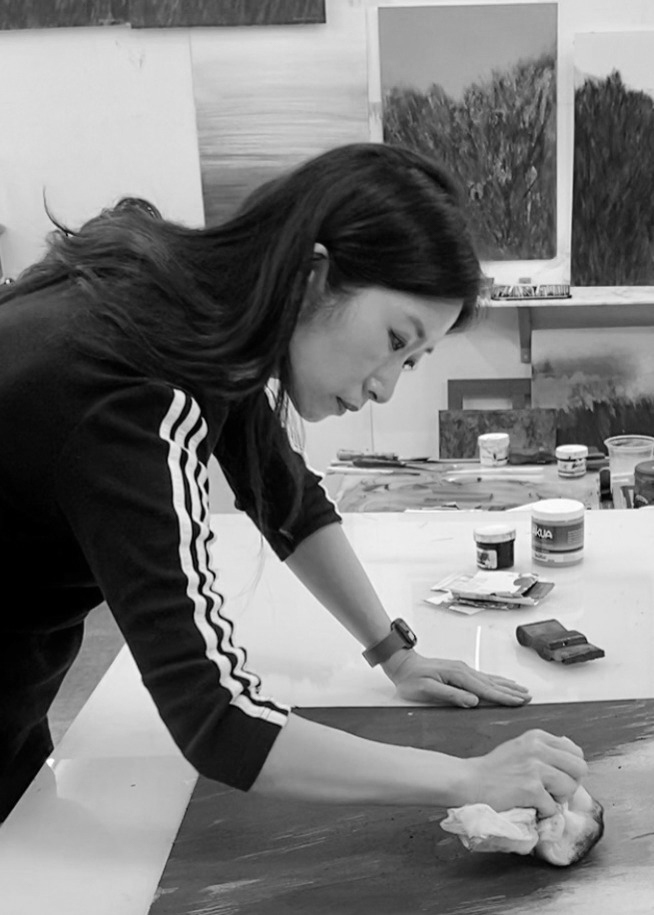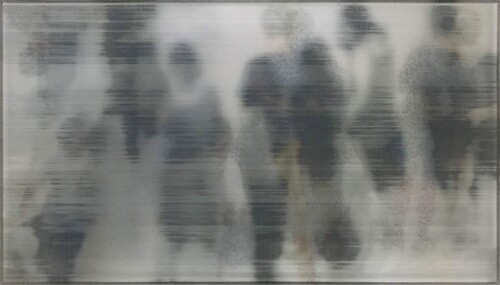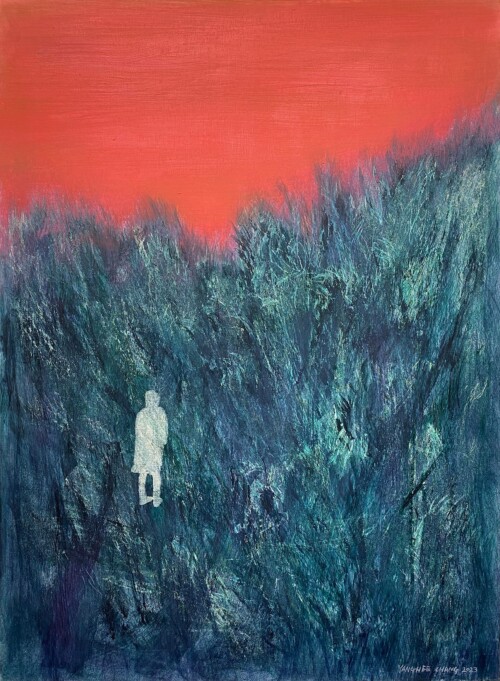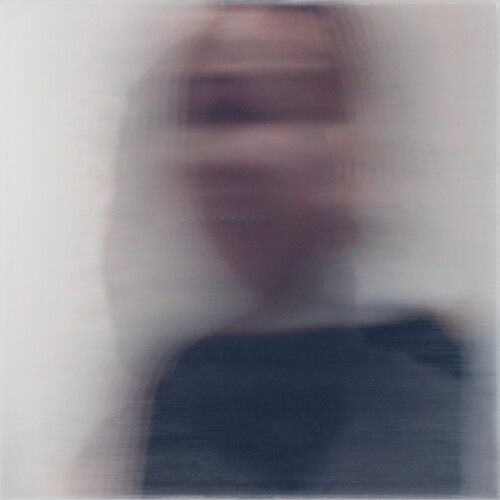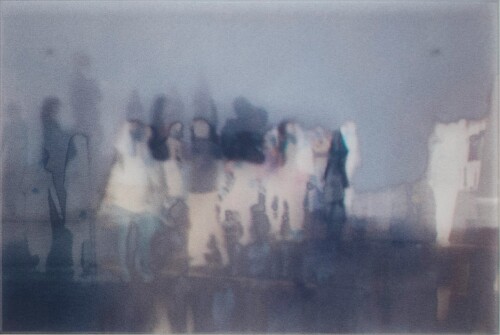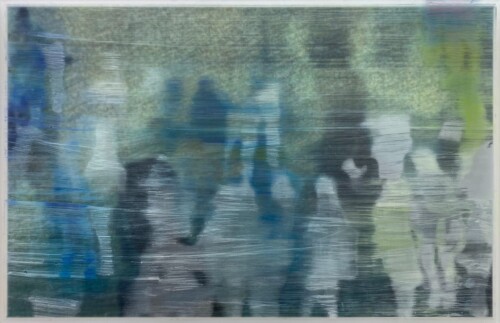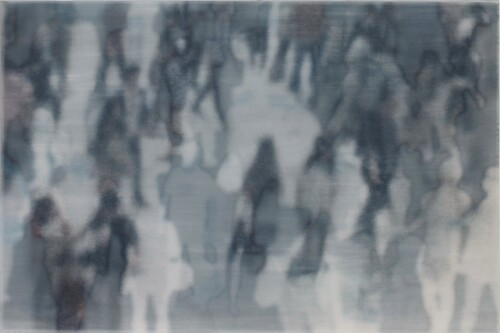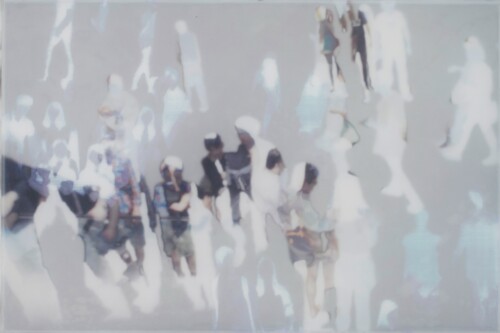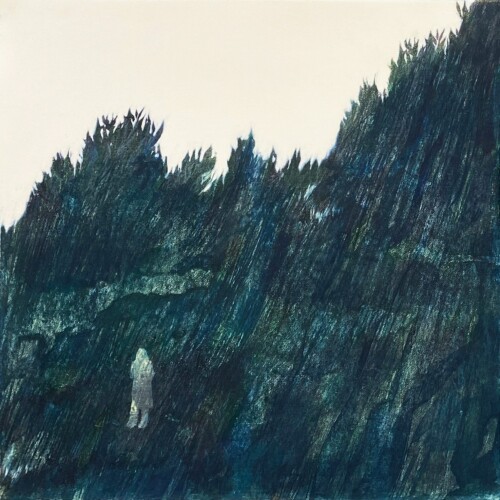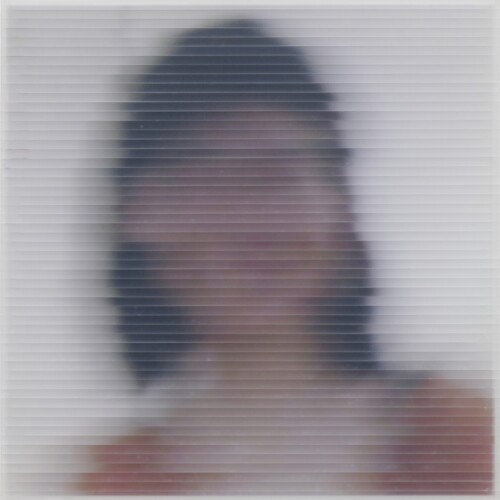BIOGRAPHY
Yanghee Chang is an artist known for her work expressing human existence using the characteristics of printmaking medium. Chang was born in Seoul, South Korea, in 1976 and has lived and worked in Seoul. She achieved a PhD in Fine Arts from Seoul National University, Korea. She has had 13 solo exhibitions in Korea, and received several grants from the Korean government. Chang has also taught drawing, painting and printmaking at Seoul National University, Seoul National University of Science and Technology, Sungkyunkwan University, Kookmin University, and so on.
CV
Education
2022 PhD in Fine Art(painting & printmaking), Seoul National University, Seoul, Korea
2002 MFA in Painting, Seoul National University, Seoul, Korea
1998 BFA in Painting, Seoul National University, Seoul, Korea
Solo Exhibitions(13 times)
2024 EngraBeing (SpaceUM, Seoul, Korea)
2021 Window to Your Memory (Gallery City, Gangneung, Korea)
2019 In the Crowd (Gallery Chiyou, Seoul, Korea)
2016 Shadow_Revealing (Gallery DOS, Seoul, Korea)
2014 Uncertain Being (hole and corner M, Gwangju, Korea)
2013 ‘ ’ BEING (Cyartgallery, Seoul, Korea)
2012 Shadowy Figures (Gallery Grimson, Seoul, Korea)
2011 LANDSCAPE-alized BODY (Gallery Chosun, Seoul, Korea)
2010 SIGN OF BODY: Anonymous faces (Gallery Id, Cheongj, Korea)
2010 ANONYMOUS FACE (Topohaus, Seoul, Korea)
2007 ANONYMOUS FACE (UV house, Paju, Korea)
2005 ANONYMOUS FACE (Seizy Green Tea, Seoul, Korea)
2005 DRAW MYSELF (Gallery Lamer, Seoul, Korea)
STATEMENT
Chang’s work is to express the fundamental emotions that humans have in the existential situation through the human shape. Fundamental affect refers to a phenomenon that humans have ontologically, such as Heidegger’s concept of ‘Stimmung’, rather than emotion as a psychological phenomenon from a general perspective. In human existence, that is, in a relationship with others, humans have innate desires, but those desires are not sufficiently satisfied, and human existence is always in a deficient situation. From there emotions such as anxiety, emptiness, and loneliness arise. This is an ontological phenomenon that humans inevitably have, and therefore, these emotions can be said to be a part of the essence of human existence.
The expression of fundamental affect is made through a universal figure. The universal figure represents the whole of human beings that transcends the limits of time and space. As a result of dismantling the figure or blurring and obscuring the figure to express a universal figure, the characters are expressed as immaterial and non-physical. In a person that seems to have no substance, there is a sense of existential anxiety, emptiness, and a sense of futility, and the feeling of solitude is revealed by expressing a person as an isolated being whose relationship with others has been severed.
In Chang’s work, the expression of affect is closely linked to this way of expression and the use of media. While actively utilizing the indirect characteristics of the print medium as a means of emotional expression, new attempts and experiments are conducted, such as using transparent materials. In particular, Chang’s unique technique, laser engraving, plays an important role in connecting the contents and format of Chang’s work at the same time as the expansion of the engraving medium. In addition, installation works using space are important in that they simultaneously have spatiality in addition to temporality as overlapping in the plane expands to overlap in space. Also, the focus is on the aspect of communication by allowing the viewer to directly feel the emotions expressed through their own body based on their life experiences. The use of light is an attempt to overcome the flatness of printmaking in terms of the medium, and at the same time acts as an aesthetic element in appreciation, allowing an affective approach to the work. These factors play a positive role in terms of delivering affect. In this way, in Chang’s work, affect is expressed in Chang’s own unique way through the interaction of Chang’s own formative language and media.
